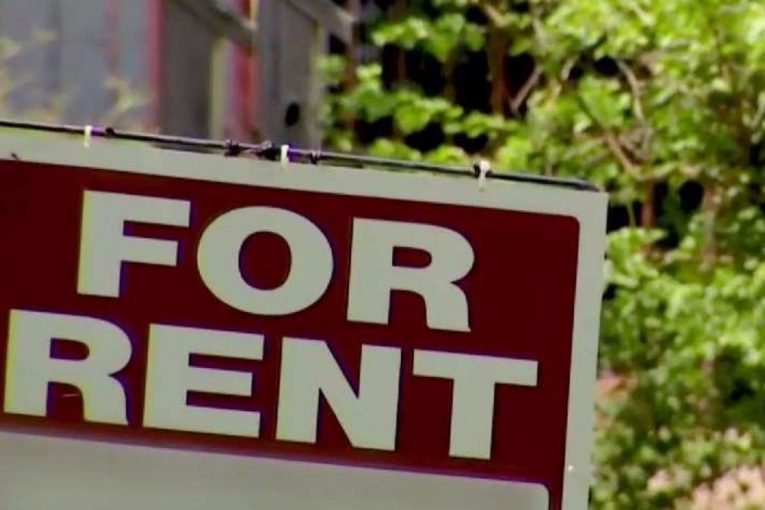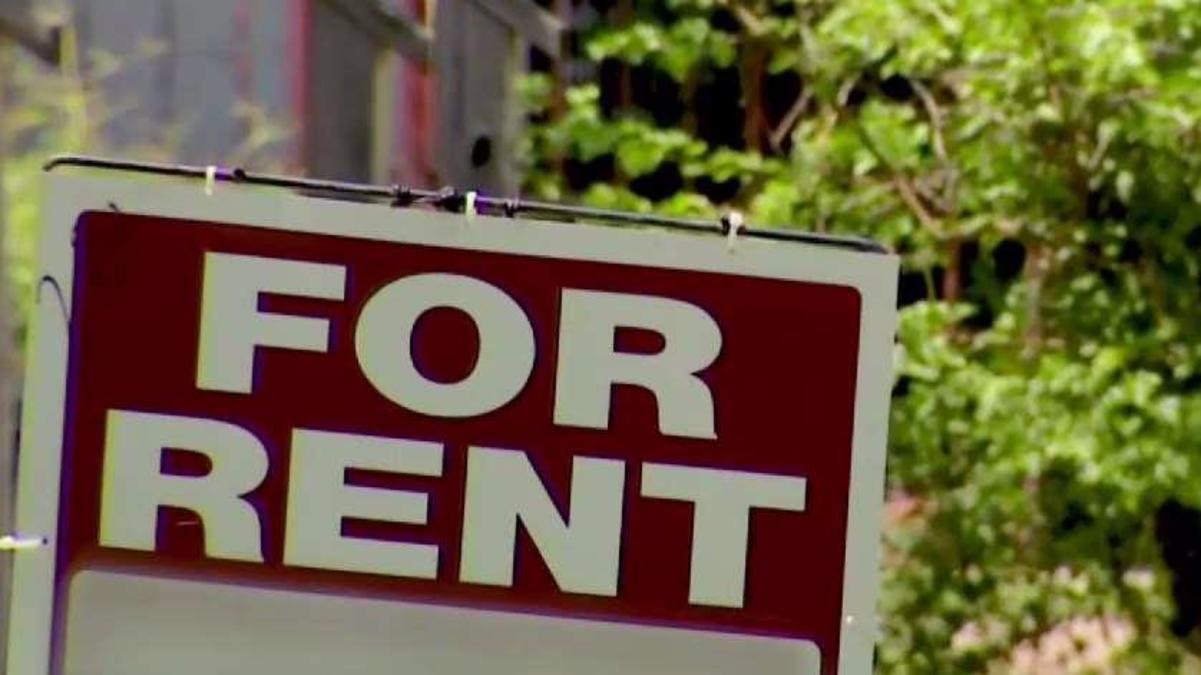

National Housing Law Project presents the following analysis of The White House Blueprint for a Renters Bill of Rights…
In January 2023, as tenants face unaffordable rents and increasing eviction rates, the Biden administration released The White House Blueprint for a Renters Bill of Rights (Blueprint). With the goal of stronger tenant protections, the Blueprint features more than two dozen commitments by federal agencies and suggests five rights that governments at all levels and the private sector should help ensure:
- Safe, high-quality, accessible and affordable housing
- Clear and fair leases
- Education, enforcement, and enhancement of renter rights
- The right to organize
- Eviction prevention, diversion, and relief
Though these principles are not novel, especially to those familiar with eviction prevention, the White House’s recognition of them is itself noteworthy. Policies that the Blueprint highlights includes just cause, right to counsel, and laws prohibiting source of income discrimination. The Blueprint also discusses procedural protections for tenants in the eviction legal system that state and local governments should adopt.
The Blueprint is the culmination of a months-long process involving several federal agencies, underscoring the need for a government-wide approach toward the goal of robust tenant protections.
The Biden administration, however, fell short of issuing any mandates. Many of the agency commitments within the Blueprint reflect agency initiatives that had been underway. As the interagency process continues, the administration should work toward stronger agency commitments that take new actions in support of tenants rights. The administration should also highlight how robust tenant protections advance race equity, especially given the president’s executive order and HUD’s proposed rule on the duty to affirmatively further fair housing.
Federal Agency Commitments: A Foundation for Future Interventions in the Rental Market
The most promising Blueprint commitments come from federal agencies not typically associated with tenants. They create a foundation for future mandates for housing providers, with the first two offering a formal outlet for tenants directly to inform policy making.
- The Federal Housing Finance Agency (FHFA) will launch a stakeholder engagement process on adopting and enforcing tenant protections at properties with federally-backed mortgages. Fannie Mae and Freddie Mac (collectively known as government- sponsored enterprises, or GSEs) will also participate. This process builds upon FHFA’s recent efforts to strengthen tenants’ rights, such as directing the GSEs to add the CARES Act 30-day eviction notice requirement to their loan agreements. With robust tenant participation, the FHFA process could pave the way for concrete actions to reduce government-subsidized financing of displacement.
- The Federal Trade Commission and the Consumer Finance Protection Bureau will issue a Request for Information (RFI) to identify practices that unfairly prevent consumers from obtaining and retaining housing. They will use the information for both enforcement and policy making, making tenant involvement especially critical. The FTC has not historically regulated entities in the private rental market, but it could become a powerful ally in protecting tenants against corporate landlords, especially if it leverages its full authority to protect consumers and to promote competition in the markets.
- Making a smaller commitment, the Department of Justice will organize a workshop with experts in law, technology and other subject matters on the impact of modern methods of information-sharing in consumer-facing markets. This commitment follows national reporting about RealPage and the collusive nature of its rent-setting software. Though modest, this commitment could be a vehicle for collecting information for updating DOJ guidance in the future.
Additional opportunities for tenant engagement include quarterly meetings between the White House and tenant and tenant advocates, along with the Department of Housing and Urban Development (HUD), the Department of Agriculture (USDA), and the Treasury Department.
What’s Missing: Where Are HUD and Treasury?
For the two federal agencies that run the largest federal housing programs – HUD and Treasury – the commitments failed to fully address some of the more pressing issues that tenants and tenant advocates have raised to the agencies and the administration.
- Treasury – Despite ongoing problems with enforcing good cause or limiting rent increases in the Low Income Housing Tax Credit program, there is no Treasury action to address either of these issues. The Blueprint uplifts best practices by state finance housing agencies, but stops short of calling for regulation, or even information gathering in support of regulation, by the Treasury over these persistent problems within LIHTC. Treasury’s main commitment is to meet with tenants, advocates, housing providers and researchers about tenant protections within LIHTC.
- HUD – HUD made several commitments that have the potential for strong policy changes, but will require active monitoring by advocates. The most concrete action is the commitment to release guidance addressing the fair housing implications of tenant screening algorithms. In two other areas, HUD commits to explore. Specifically, it will seek public comment on ways to improve Section 504 regulations and accessibility standards for HUD-assisted facilities. Additionally, it will explore opportunities to address source of income discrimination through guidance. Most of the other commitments reflect existing initiatives, including:
- Launch NSPIRE by FY 2024
- Implement the Violence Against Women Act (VAWA) 2022 via rulemaking, guidance, funding for technical assistance, and other means
- Distribute funding to support tenant capacity activities in multifamily properties, including tenant education and outreach
- Build on existing training and technical assistance strategies to promote engagement with residents and implementation of Rental Assistance Demonstration (RAD) resident protections
- Continue its Eviction Protection Grant Program
- Issue a Notice of Proposed Rulemaking to require a 30-day eviction notice requirement for public housing and project-based rental assistance





